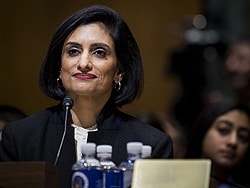Maintenance of Competence (MOC) is an item that few patients are aware. Specialty boards require re-examination after initial board certification to maintain board certification.
Proponents claim that the Maintenance of Certification program was designed to help physicians keep abreast of advances in their fields, develop better practice systems, and demonstrate a commitment to lifelong learning.
Whether or not the MOC program accomplishes any of these stated goals is a matter of intense debate.
Opponents claim that the Maintenance of Certification program is overly burdensome in both time and expense, reducing time available to spend with both family and patients. The exams have had little relevance to the individual physician's practice requiring tremendous effort to relearn material not useful to daily practice, only useful for passing the board exam. There is no proof that it improves patient care and little to no supporting data except for controversial articles written by board members. Serious questions have been raised regarding Member Board finances.[2]
The AMA calls for an immediate end to MOC
RESOLVED, That our American Medical Association call for the immediate end of any mandatory, secured recertifying examination by the American Board of Medical Specialties (ABMS) or other certifying organizations as part of the recertification process for all those specialties that still require a secure, high-stakes recertification examination.
Dr Fisher explains how this came to be, and how the American Board of Medical Specialties, the AMA and other physician organizations have engaged in an alleged policy of corruption and profiteering from their own colleagues.
Continuing medical education has served well for many decades as AMA approved courses which functioned adequately to ensure professionalism and currency in medical knowledge.l These courses also are charged for by specialty societies and the AMA.
MOC seems superfluous. State licensing authorities already require continuing medical education for each licensing period. Physicians are being doubly extorted for the 'right and privilege to earn income.
This who establish these rules are not practicing physicians.







